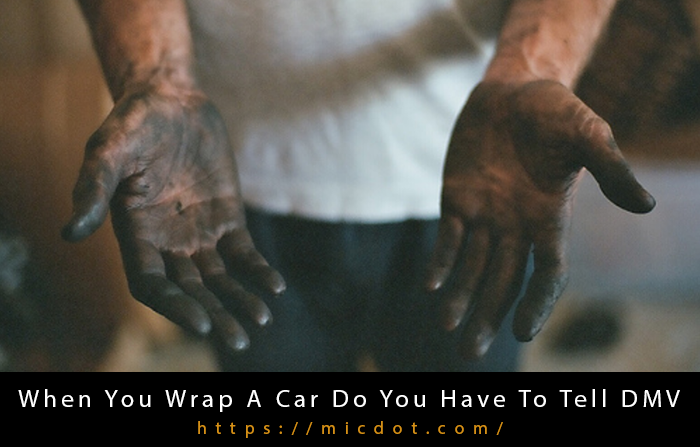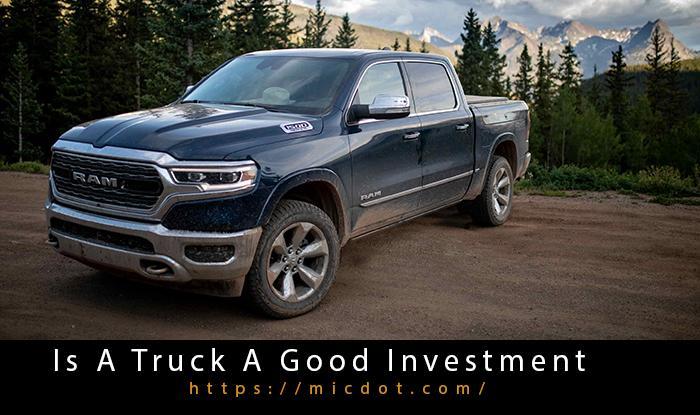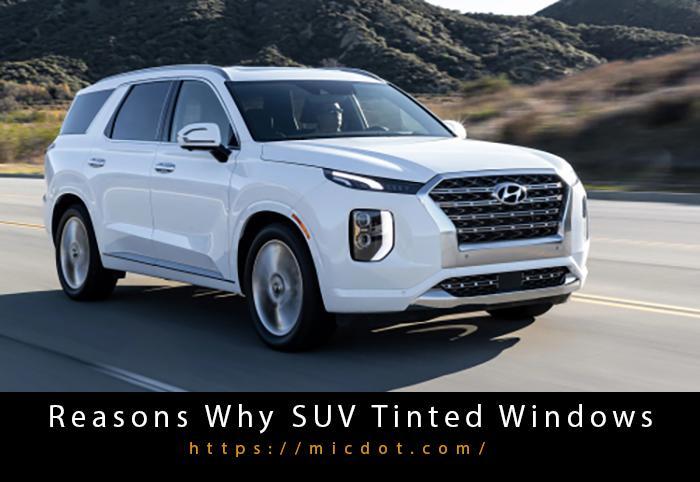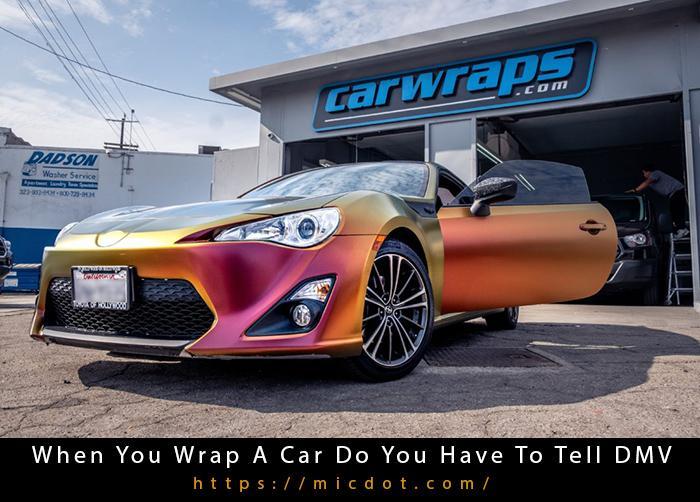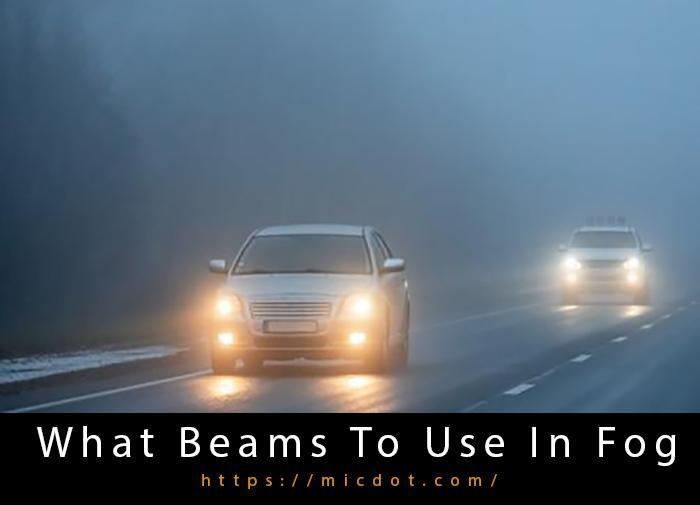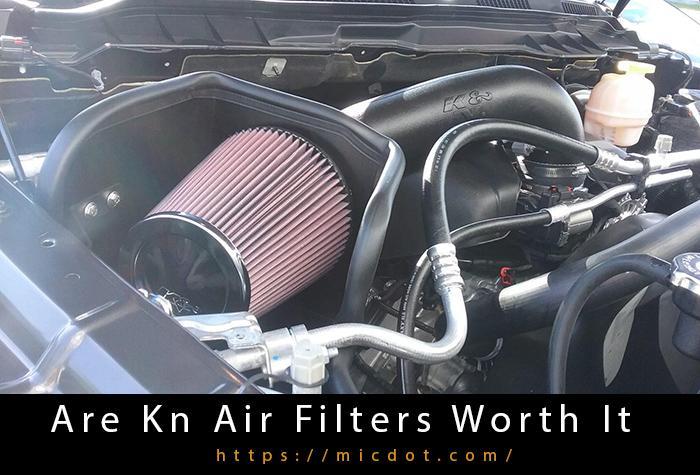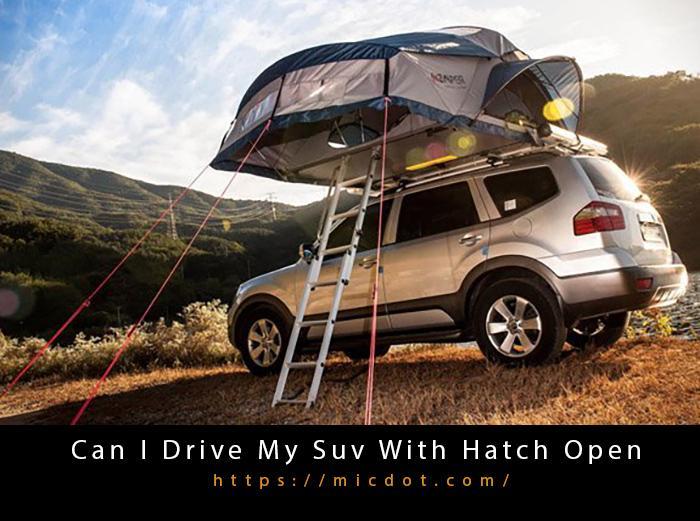In the state of Virginia, do you want to tint the windows of your car?
If the answer is yes, you should look up Virginia’s tinting laws before you take your car to the shop.
You Are Watching: Virginia Window Tint Laws That You Should Know Updated 04/2024
Each state has laws about window tinting that are very specific, and Virginia’s own rules and regulations are very detailed.
So, if you live in Virginia, read on to make sure your car is up to code so you don’t get a big fine or run into a police officer on the road.
History of Virginian Tinting Laws
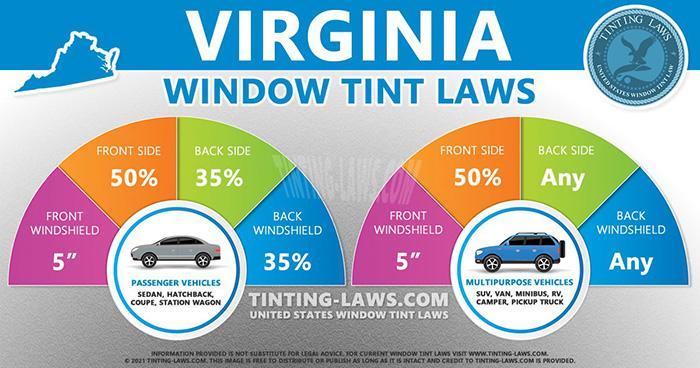
In 1999, the first laws were made by the state of Virginia.
Its most recent changes are based on section 46.2-1052 of the current Code of Virginia, which is in effect until March 1, 2021.
Window Tinting and VLT
When you’re looking at window tinting options, you might hear the term “VLT” from time to time.
Visible Light Transmission, or VLT, is the most common way to measure how much light gets through window tint film.
If the VLT is high, a large amount of light can pass through the tint film. If the VLT is low, less light will pass through.
For example, a window with a 70 percent VLT tint will let 70 percent of the light through.
A 5 percent VLT tint, on the other hand, will only let 5 percent of light through the darker film.
Tinting your Vehicle’s Different Windows

Now that we know the basics, let’s talk about the specifics of Virginian window tint laws.
Below, we explain how dark you can tint each window and windshield in the state of Virginia.
Before we get into the details, it’s important to know that Virginia’s tinting laws are different for different kinds of cars.
Read More : How Much Does A Car Weigh Updated 04/2024
In this article, we’ll talk about how Virginia’s tinting laws are different for passenger cars and other vehicles.
The federal government has given these vehicle types their names.
Front Windshield Tint Darkness in Virginia
Above the manufacturer’s AS-1 line, you can use a tint that doesn’t reflect light (or top 5 inches).
Rear or Back Windshield in Virginia
Passenger cars must let in more than 35% of the light, but multi-purpose cars can tint the back windshield to any darkness they want.
Front Side Windows in Virginia
Virginia law says that the front side windows are the ones next to the driver’s seat and in front of it.
Passenger vehicles and vehicles with more than one use must have windows that can be tinted more than 50% VLT.
Back or Rear Side Windows in Virginia
More than 35% of light must be able to get in through the back and rear side windows of passenger cars.
Vehicles that can be used for more than one thing can darken their back or side windows as much as they want.
Reflection and Window Tinting in Virginia
When you tint your windows, reflection is another important thing to think about.
Because some window tints can make light bounce back, the law in Virginia says that the film can’t be more than 20% reflective.
Also, a holographic or prism effect can’t be made with a reflective window tint.
Can You Get Pulled Over for Window Tint in Virginia?
If you’re wondering, “Can you get pulled over in Virginia for tint?” the answer is yes.
In the state of Virginia, it is legal for a police officer to pull you over if they think your windows don’t meet the rules.
If your windshield or window tint is not legal, you will get a class 3 misdemeanour, a $110 ticket, and have to take off the illegal window tint.
At first glance, these punishments don’t seem that bad.
Read More : How to Disable a Car Without Opening the Hood Updated 04/2024
But if you are caught a second time with unauthorised windows, you could be charged with a Class 2 misdemeanour, which is punishable by up to six months in jail or a $1,000 fine, or both.
So, before you think about tinting your car, you should talk to a local detailer or auto shop to make sure you won’t have any problems on the road.
Virginia Window Tint Law Medical Exemption
If you have a medical condition that makes you sensitive to sunlight or bright artificial light, you can get window tinting films for your car in the state of Virginia.
Before you tint your windows, you must, however, get permission from your doctor.
To get medical authorization, you must have a successful Sun-Shading Medical Authorization application.
Once you get permission, you can tint your windshield, front, back, and side windows by up to 35%.
Lastly, it’s important to keep your registration card, which has specific instructions in the Special Conditions section.
Once your application is approved, this card will be sent to you by mail.
This will make sure that the car is allowed by state law to have tinted windows.
Other Virginian Window Tint Regulations
In addition to the above rules and regulations, you will also need to follow the following Virginia tint laws:
Window tints in red, yellow, or amber are not allowed.
If any of a car’s windows are tinted, it needs two side mirrors.
The Window Tint Certification Rules don’t say that companies that make and sell film in Virginia have to certify it. This is another reason why you should go to a licenced detail shop or auto shop before you buy and put tint film on your car.
If you tint your windows and windshields, you’ll need to put a sticker on your car to say so. Even though this is required by Virginia law, there are no rules about how the sticker should look or where it should go on your car.
Remember that the tinting laws in Virginia could change in March 2021.
Visit the Virginian Law website or your local DMV to find out about the most recent rules and laws.
Sources: https://micdot.com
Category: Car

